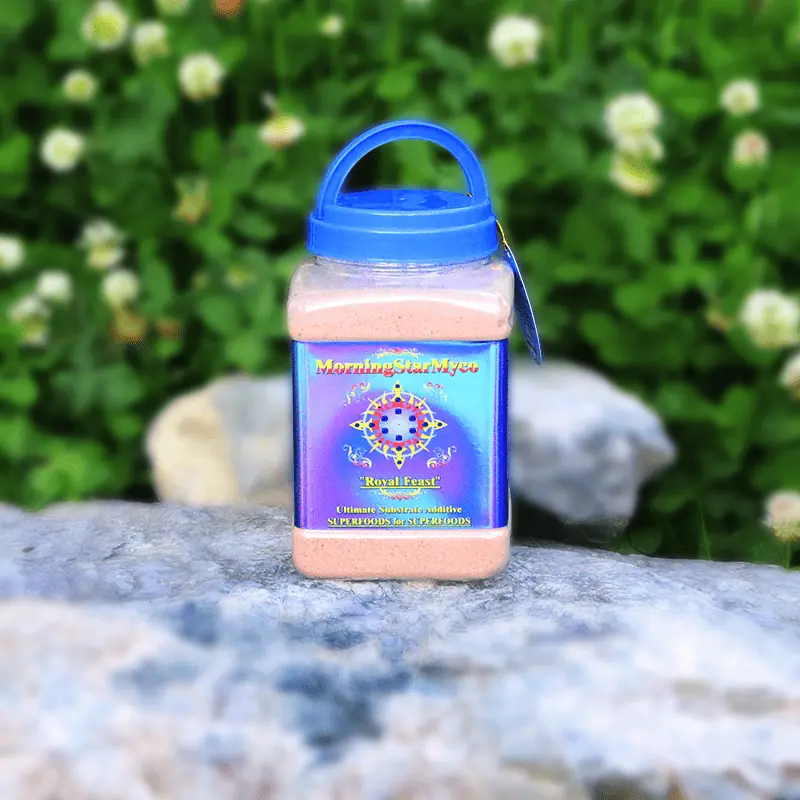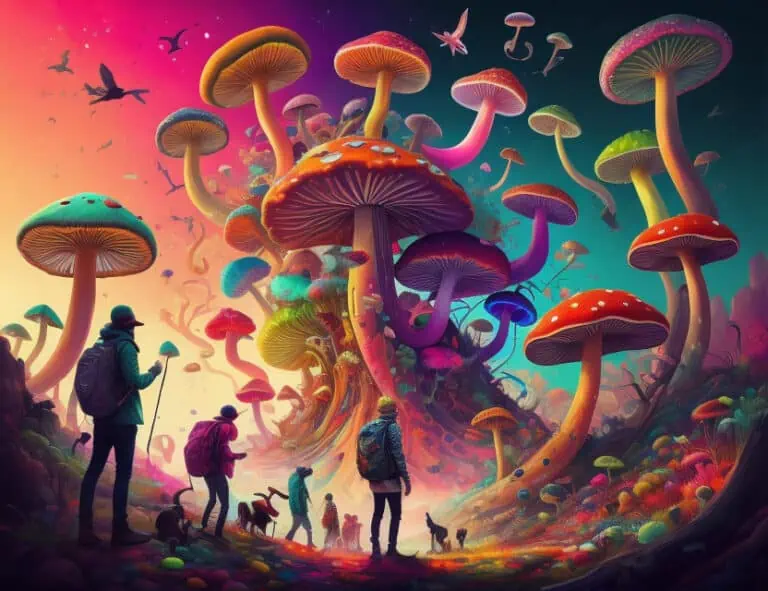
Want access to discounts? Join our newsletter for exclusive discounts and be the first to know when new products hit the store!

Psychedelic mushrooms have captivated humans for centuries, offering profound experiences and unlocking the depths of consciousness. Behind the magic lies an intricate world of chemical compounds and alkaloids, each contributing to the unique effects of these mystical fungi. In this article, we delve into the wondrous process of how these compounds are made, highlighting the crucial role of both nature and nurture – genetics and proper nutrients – in elevating their potential and enchanting allure.
Psilocybin, the star of psychedelic mushrooms, is the primary compound responsible for mind-bending visions and altered states of consciousness. It is produced through a fascinating bioconversion process within the mushroom, starting from the precursor compound tryptophan. Essential vitamins, such as B3 (niacin) and B6 (pyridoxine), along with minerals like magnesium and zinc, are key players in supporting this transformation.
Psilocin, the dephosphorylated form of psilocybin, is the compound responsible for inducing vivid hallucinations and euphoria. This alchemical conversion takes place through the enzymatic action of phosphatases, fueled by essential micronutrients such as copper and manganese. These trace elements act as co-factors, facilitating the enzymatic reactions that lead to the mesmerizing effects of psilocin.
Less talked about but equally enchanting, baeocystin is another psychoactive compound found in psychedelic mushrooms. It shares a similar biosynthetic pathway with psilocybin, where tryptophan is the precursor, and vitamins like B2 (riboflavin) and B3 (niacin) play crucial roles in its formation.
As the name suggests, norbaeocystin is a metabolite derived from baeocystin. While its direct psychoactive effects remain unclear, it may contribute to the overall psychedelic experience. Like baeocystin, the production of norbaeocystin requires the presence of essential vitamins and minerals in the growing substrate.
Amino acids, the building blocks of proteins, are essential for enzyme synthesis and structural integrity within the mushroom. As the mushrooms grow, they utilize amino acids to create the necessary enzymes for the biosynthetic pathways of these magical compounds.
The nature versus nurture debate seems incomplete when it comes to psychedelic mushrooms. Genetics do indeed play a crucial role in determining the mushroom’s potential to produce these compounds, but without the proper nutrients, their synthesis remains incomplete.
Nature and Nurture Synergy: By providing a nutrient-rich growing substrate that includes a balanced mix of vitamins, minerals, micronutrients, and amino acids, growers can elevate the potential of psychedelic mushrooms. The synergy between nature (genetics) and nurture (nutrients) unlocks the full alchemical prowess of these fungi, resulting in enhanced chemical compound production and potent effects.
The mesmerizing world of psychedelic mushrooms reveals the intricate dance between nature and nurture. As the mushroom’s genetics lay the groundwork, it is the proper nutrients provided through the growing substrate that fuel the alchemical processes within. From psilocybin to baeocystin, each compound is crafted with care and requires the precise combination of vitamins, minerals, and amino acids to fully manifest their enchanting effects. Embracing the harmony of nature and nurture unlocks the true magic of these wondrous fungi, drawing us deeper into their captivating realm.